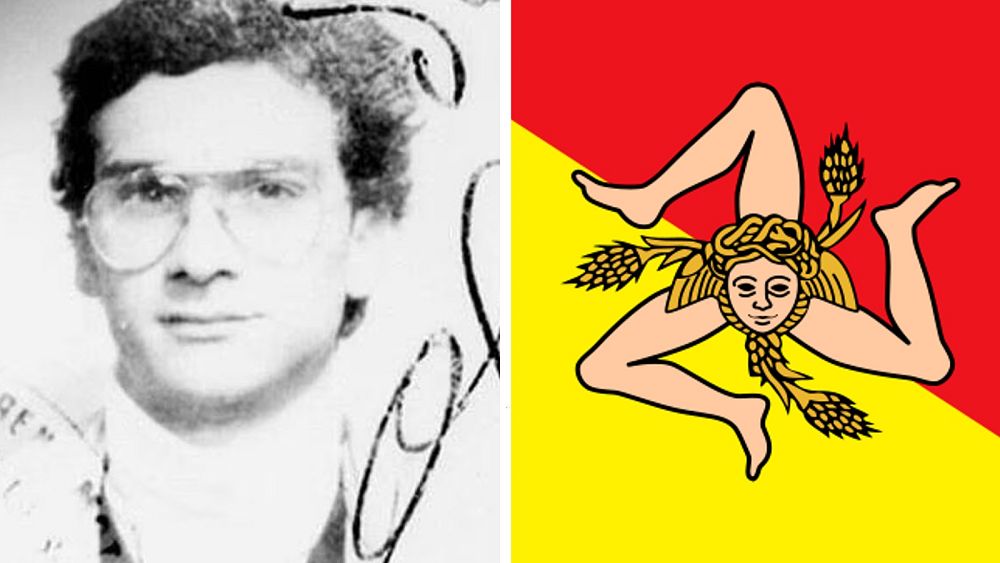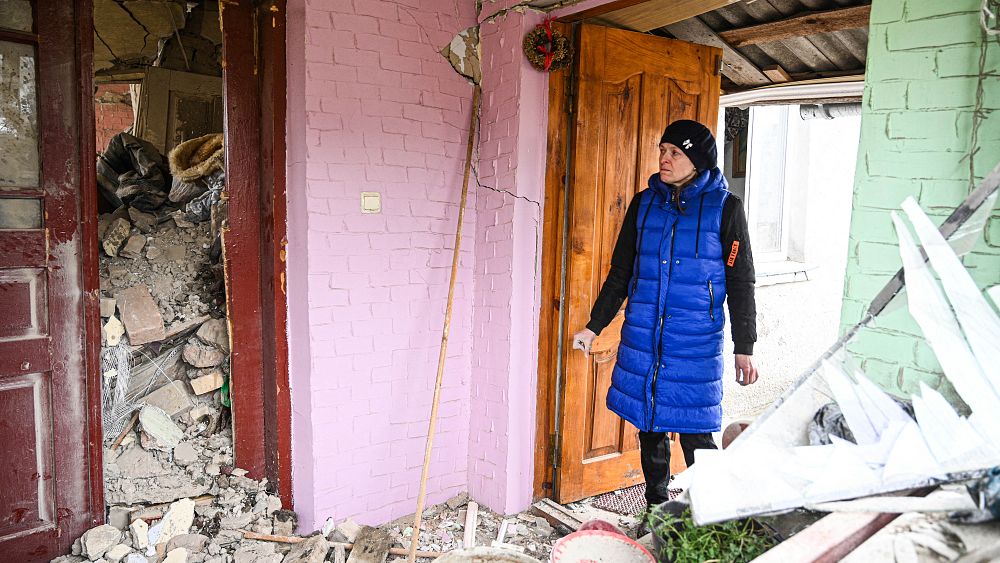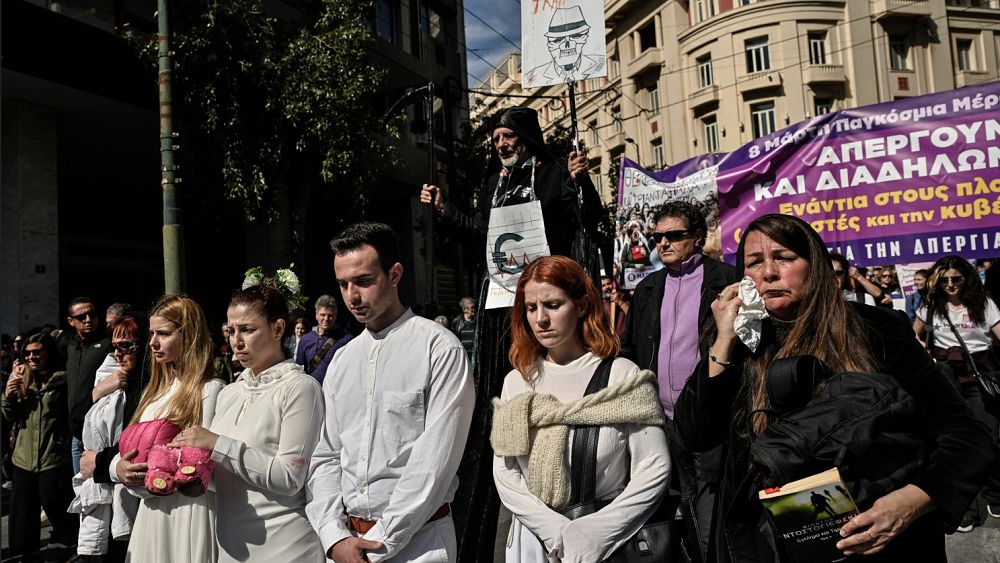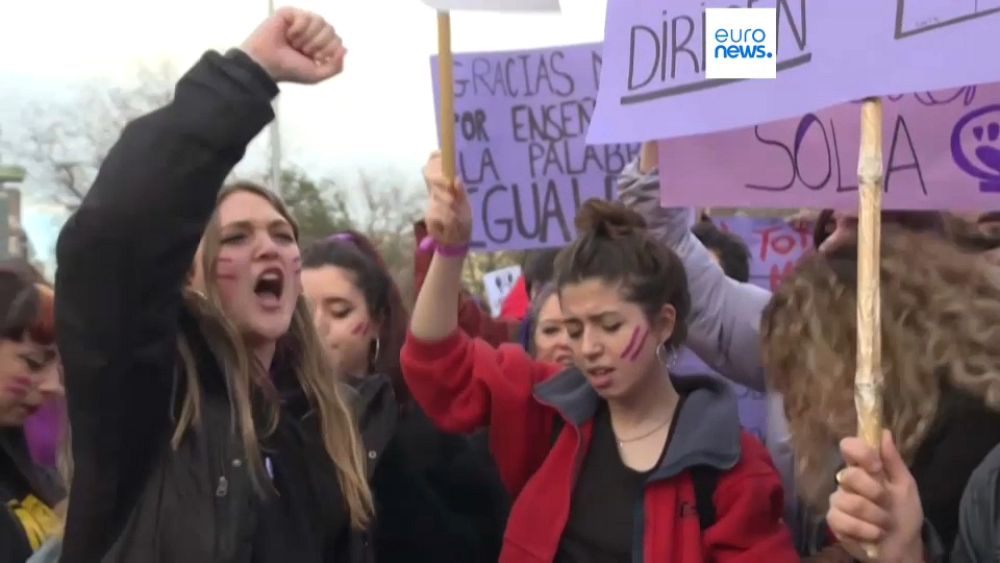‘You save at least 20%’: Croatians flock to Slovenia for grocery shopping after euro introduced
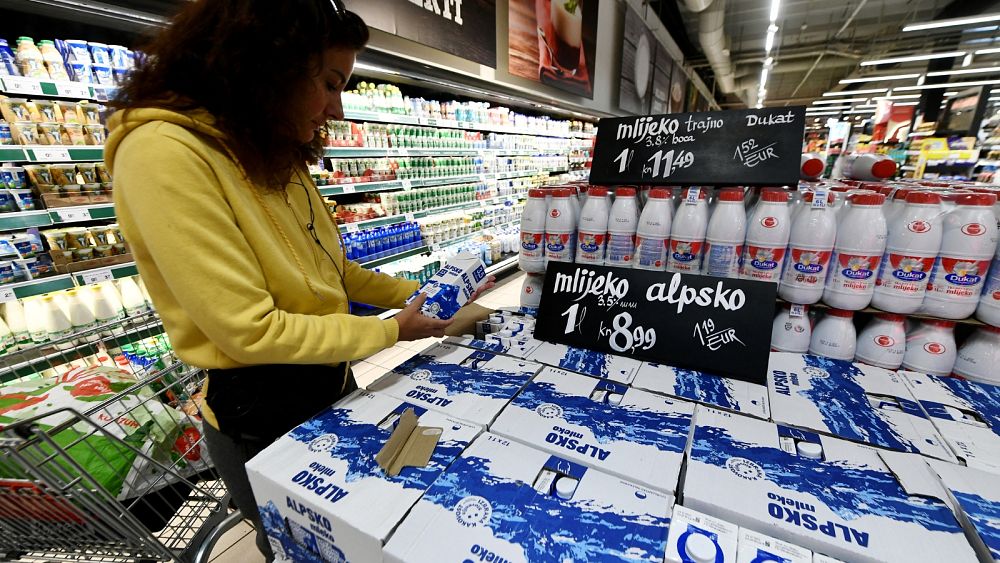
When Vedran Panić does his grocery shopping, he’s keeping a close eye on his spending.
The 38-year-old Croat lives in the town of Selnica, and these days a family trip to a supermarket just over the border in neighbouring Slovenia means saving a lot of money.
“Prices in Croatia are higher than those in Slovenia. You save at least 20% of your money if you go shopping in Slovenia. If you consider that people go and do this twice a month and buy their basic amenities, then the savings are significant,” he tells Euronews.
Croatians are flocking over the border to shop for groceries even though Slovenia’s standard of living and salaries are much higher, which means that the prices should also be higher.
Slovenia joined the eurozone in 2007, but Croatia only joined on 1 January this year, and is having a tough trasition.
Proponents see the adoption of the euro as a means for expanding economic opportunities and making trading smoother and less expensive.
But for average Croatian citizens, it has been a calamity.
Not necessarily because of the euro itself. Across the country, consumers have been met with surging prices for basic goods and services since at least October of last year, way before the currency was officially adopted.
The tendency for stores to round up to the nearest euro -– about 7.5 kuna, the previous currency, is equal to 1 euro – has just been the cherry on top of a difficult several months.
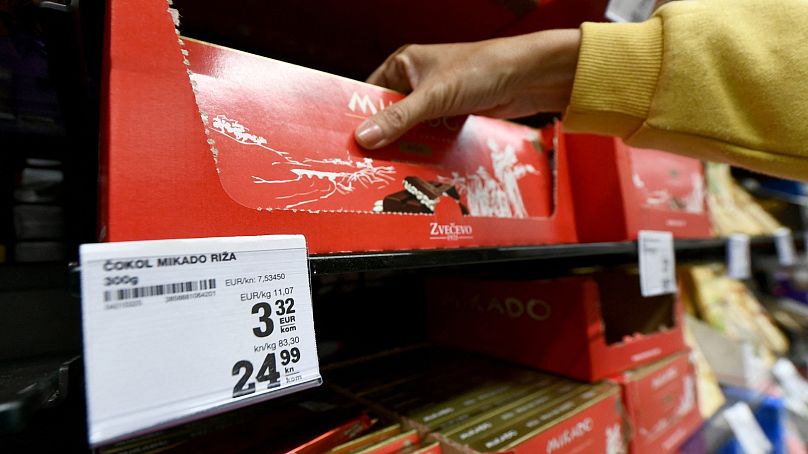
The perfect economic storm hits vulnerable people the hardest
Higher living costs have been seen across the continent, mainly as a consequence of the ongoing invasion of Ukraine.
The government launched a review of the price changes after complaints in January of this year and tried to establish who was increasing the prices and why.
“By 19 January, inspectors of the State Inspectorate of the Republic of Croatia found 25.2% of unjustified price increases in 1,145 cases after 31 December 2022,” says Goran Jungvirth, an economics and policy analyst.
Jungvirth explains that while prices have gone up, those who complain that the euro is at fault are looking for an outside enemy to blame for the country’s mismanaged economic woes.
“Consumers are still getting used to shopping in euros, which affects their behaviour, even though retailers have been instructed to still display prices on products in both euros and kunas. So, the impact of the switch from the kuna to the euro still needs to be studied,” he said.
The government has also launched a mobile app that lets people check price variations, assuming that stores want to make their pricing available.
Most of the retail chains did not respond to this government initiative, with only three of them taking part.
The participating stores – Konzum, KTC and Tommy – have been “whitelisted” by the government, and those who have refused are being threatened with having government subsidies and support withdrawn.
Yet until these stores and chains are sanctioned, those on the less-wealthy end of Croatian society must bear the brunt of erratic pricing. This widens the gap between the more vulnerable members of society and those who have a big enough salary or wealth to be able to absorb the high prices and not have it affect their lives.
“Another major reason for the widening of the gap is the insufficient growth of wages, which have made it increasingly difficult to keep up with price growth, and that, along with inflation, has the greatest impact on reducing the purchasing power of citizens,” concluded Jungvirth.
When asked about what else the government could have done to stabilise prices or minimise the impact of inflation on average folks, Jungvirth replied cynically.
“Well, taxes can always be reduced, especially the high VAT of 25%. But that didn’t happen because the huge bureaucratic state apparatus needs to be financed, and members of the ruling party and their relatives could see their cushy lifestyles threatened.”
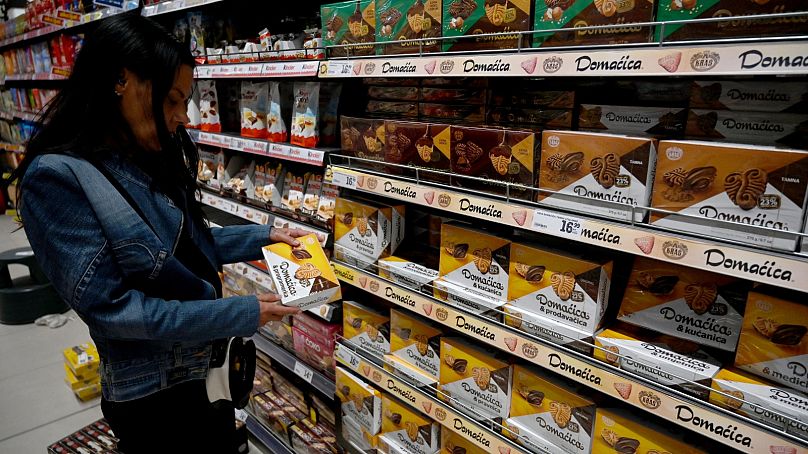
Lack of creativity when it comes to economics
When countries like Croatia, who used to be part of the socialist federation of Yugoslavia and had a more centrally-planned economic system, transitioned into capitalist systems, they believed that any attempt to shape markets was akin to bringing back communism.
“I have colleagues who claim that any interventions in the price of food are equal to communism, and we’ve put communism behind us, so we can’t do that, they claim,” said Toni Prug, who lectures in sociology at Croatia’s University of Rijeka.
“The two key issues at hand are the illusion that food prices are formed on their own or appear out of thin air, and the second is food insecurity – or, in some parts of Croatia, actual hunger due to poverty,” says Prug.
According to him, the Croatian government decided to be a willing bystander partially because it did not know any better, while also taking the path of less resistance.
“Croatia isn’t suffering from a Croatia-specific phenomenon – it’s a Europe-wide problem, but in Croatia, it became particularly exacerbated lately,” he said.
In fact, supermarket chains are often accused of foul play when it comes to pricing, and the European Commission has launched investigations in recent years.
Prug presumes the country’s leading supermarket chains – while preparing for the transition to the euro – decided to slowly start raising their prices in unison in later 2022, and ultimately blame it on the euro and inflation. But proving it, he says, is extremely hard.
He believes that distributors, or supermarket chains and large stores, worked together and tried to bring down the buying price from the producers – say, the farmers or honey makers – and then turn around and try to make the biggest profit from the consumers.
Meanwhile Slovenia continues to see an influx of Croatians crossing the border to do their shopping — to the extent that it is hitting supplies.
“Even people who live further away than us are going to Slovenia to do their shopping,” Vedran Panić tells Euronews.
The interest in people buying basic goods in Slovenia has increased so much, says Vedran, that if you happen to go to a store at the end of the week “the shelves tend to look pretty bare due to the increased number of people going to shop there.”
The interest in people buying basic goods in Slovenia has increased so much, says Vedran, that if you happen to go to a store at the end of the week “the shelves tend to look pretty bare due to the increased number of people going to shop there.”


